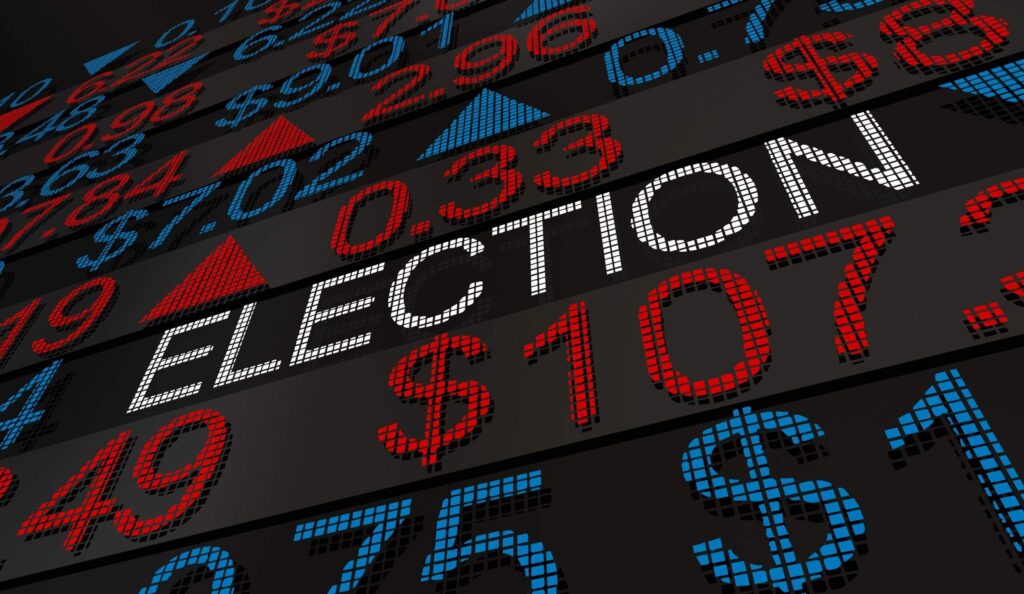Title: Market Performance in Election Years: 3 Surprising Revelations
In 2024, investors have experienced a rollercoaster of excitement and surprises. From predictions of persistent inflation to unexpected rate cuts by the Fed, the market has seen its fair share of twists and turns.
The once-dominant “Magnificent Seven” in AI stocks have been overshadowed by utilities as the best-performing sector. Additionally, early predictions by our colleague Addison Wiggin at Grey Swan about Biden dropping out of the race turned out to be true, despite initial skepticism from mainstream media.
As the November 5 deadline approaches, Money & Markets poll reveals that 75% of investors are steadfast in their investing strategy, regardless of the political landscape.
Looking back at historical data, we uncover three unexpected ways the market reacts to election years:
Presidential Election Returns Are Surprising: Contrary to expectations, the S&P 500 has seen slightly lower average returns during presidential election years compared to non-presidential years.
Market Volatility and Election Years: Volatility tends to peak closer to Election Day, reaching a high in the month leading up to the election. Surprisingly, years without a presidential election experience higher volatility.
Incumbency Isn’t Always An Advantage: The market has historically seen lower average returns after an incumbent party wins the White House compared to when they lose.
The key takeaway is that while volatility may be lower during election years, so are returns. Whether Democrat or Republican, post-election data suggests that the market tends to trend upwards. However, the degree of growth remains uncertain.
Considering current economic conditions and the potential for a divided government, it’s crucial to stay focused on your investment strategy amidst the election noise.
Stay informed, trade wisely, and prepare for what lies ahead.
Safe trading,
Matt Clark, CMSA®
Chief Research Analyst, Money & Markets



